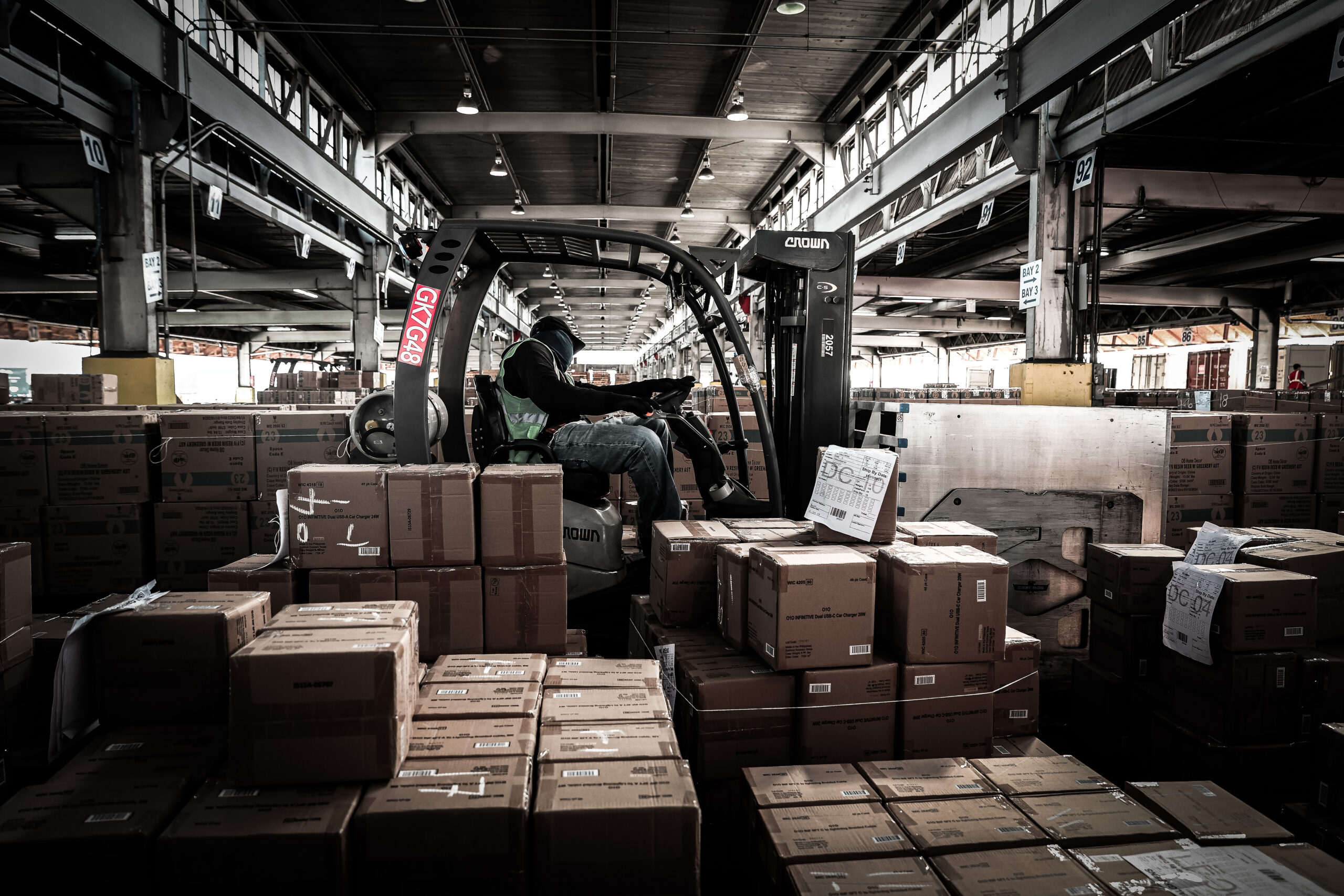
With the increasingly intricate global freight shipping landscape, businesses regularly look for solutions to transport goods faster and more efficiently – all at a more competitive rate. Transloading has become a valuable approach for moving freight at a high velocity among many importers, exporters, manufacturers, shippers, and retailers from various industries and sectors. Transloading can mitigate cost exposure in your supply chain through partnering with the right logistics team with the proper transloading facilities to meet your needs.
But, what is transloading specifically? Transloading is the process of transferring goods, also known as cargo, from one mode of transportation to another as a shipment moves through the supply chain. There are several strategies when it comes to transloading. In a typical scenario, when cargo arrives at a U.S. Port, a drayage provider picks up a container at the gateway port, transports it to a transloading facility where the cargo will undergo a process of unloading from the import container and staging for pickup by another transportation provider, normally an over the road carrier, to deliver the goods to the final destination. Transloading can also consist of consolidating, deconsolidating, or repackaging to optimize disbursement to the cargo’s final destination.
Three ways the right transloading provider can help mitigate cost exposure:
Proximity
Select a transloading facility near the port or within the port ecosystem. The closer the cargo is to the first-mile origin or final-mile destination, the more cost control you have. Transloading is beneficial for consolidating shipments to maximize supply chain efficiency and reduce or share transportation and warehousing costs. The consolidation of loads also helps reduce fuel consumption throughout the supply chain.
Flexibility and adaptability
With transloading, you’re no longer limited to just one mode of transportation. The flexibility to employ multiple methods of transportation allows businesses to respond to various logistics challenges agilely. Additionally, transloading at different ports gives beneficial cargo owners the flexibility to re-route freight while it’s still en route on the ocean, transloading to rail for distribution options beyond over the road to reach even more destinations, all in a cost-effective way.
Time-efficiency
Transloading can significantly shorten the standard delivery time of goods. Route optimization is a primary way transloading accelerates delivery times. It starts with determining which mode of transportation makes the most sense whether it be by rail, land, air, or sea. This approach helps circumvent congested routes across the cargo route to avoid potential setbacks during transit, resulting in a shorter transit time which facilitates goods to enter the markets quickly.
The velocity of moving freight and how quickly goods can reach markets are critical considerations for many beneficial cargo owners. As a result, transloading is often an indispensable step in the shipping process to speed up transit times, reduce transportation costs and offer the flexibility to pivot when challenges in the supply chain arise.
Want to learn more about our Supply Chain 101 series? Check out our overview on port drayage here.
Curious how GSC can with your transloading needs? Check out our Oakland transload service and solutions here.
Interested in learning about import strategies? Our recent post on the Panama Canal backlog has insights and tips for import diversification strategies.



